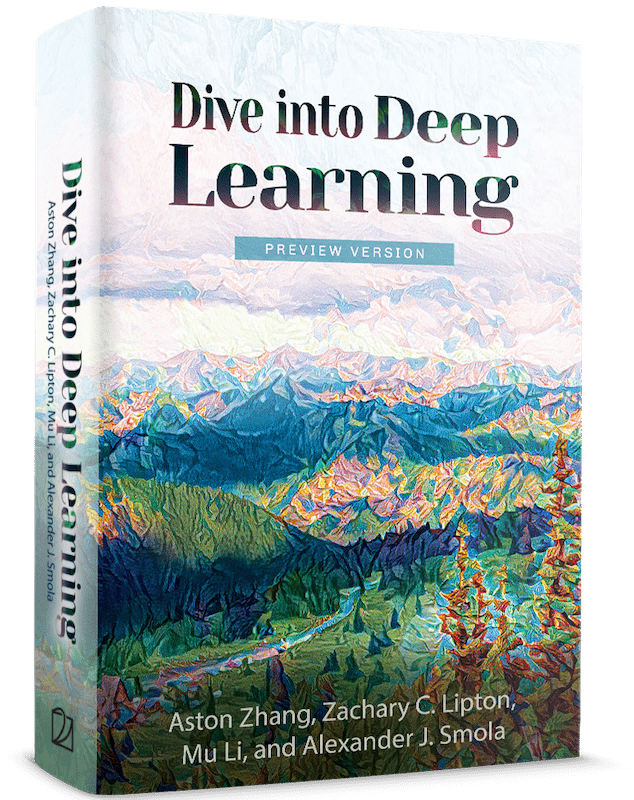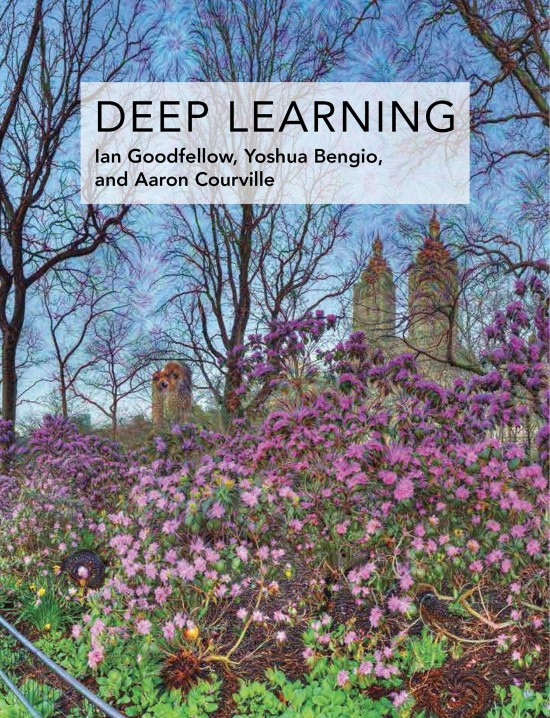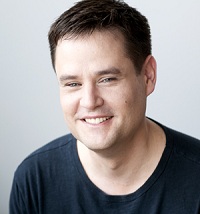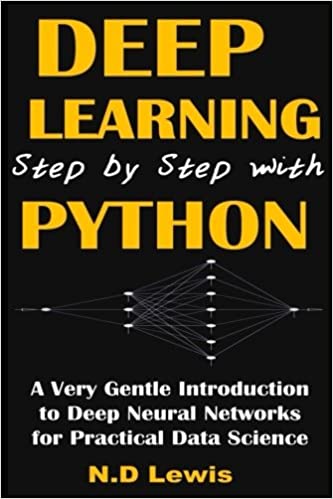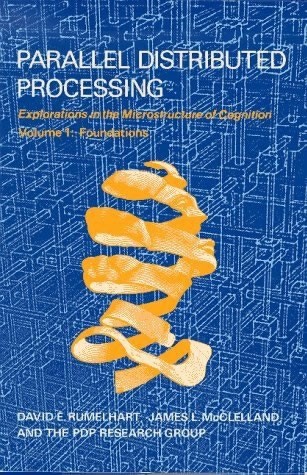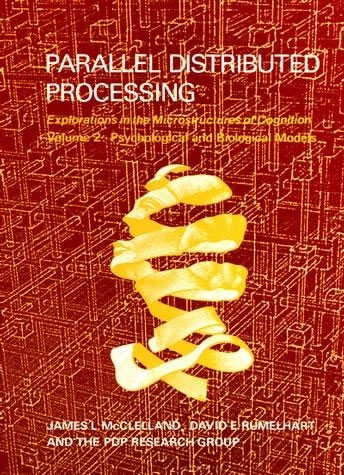Bulletin and Active Deadlines
| Assignment | Deadline | Description | Links | |
|---|---|---|---|---|
| HW3P2 (slack) |
Released: 19th Nov, 11:59 PM EDT |
Utterance to Phoneme Mapping |
Kaggle (slack), Writeup (*.pdf) |
|
| HW4P1 |
Early Bonus: 26th Nov, 11:59 PM EDT Final: 9th Dec, 11:59 PM EDT |
Language Modeling using RNNs |
Writeup(*.pdf), Handout(*.zip) |
|
| HW4P2 |
Early: 26th Nov, 11:59 PM EDT Final: 9th Dec, 11:59 PM EDT |
Attention-based End-to-End Speech-to-Text Deep Neural Network |
Kaggle, Writeup(*pdf) |
|
| Project Gallery | ||||
|
Here's an example of a successful project from Fall 2020. The team developed an AI Limmerick generator, and compiled a book from the AI Poet's creations. |
Project Report, Project Video, Book (Amazon) | |||
|
This piece is performed by the Chinese Music Institute at Peking University (PKU) together with PKU's Chinese orchestra. This is an adaptation of Beethoven: Serenade in D major, Op.25 - 1. Entrata (Allegro),for Chinese transverse flute (Dizi), clarinet and flute. |
||||
The Course
“Deep Learning” systems, typified by deep neural networks, are increasingly taking over all AI tasks, ranging from language understanding, and speech and image recognition, to machine translation, planning, and even game playing and autonomous driving. As a result, expertise in deep learning is fast changing from an esoteric desirable to a mandatory prerequisite in many advanced academic settings, and a large advantage in the industrial job market.
In this course we will learn about the basics of deep neural networks, and their applications to various AI tasks. By the end of the course, it is expected that students will have significant familiarity with the subject, and be able to apply Deep Learning to a variety of tasks. They will also be positioned to understand much of the current literature on the topic and extend their knowledge through further study.
If you are only interested in the lectures, you can watch them on the YouTube channel.
Course description from student point of view
The course is well rounded in terms of concepts. It helps us understand the fundamentals of Deep Learning. The course starts off gradually with MLPs and it progresses into the more complicated concepts such as attention and sequence-to-sequence models. We get a complete hands on with PyTorch which is very important to implement Deep Learning models. As a student, you will learn the tools required for building Deep Learning models. The homeworks usually have 2 components which is Autolab and Kaggle. The Kaggle components allow us to explore multiple architectures and understand how to fine-tune and continuously improve models. The task for all the homeworks were similar and it was interesting to learn how the same task can be solved using multiple Deep Learning approaches. Overall, at the end of this course you will be confident enough to build and tune Deep Learning models.
Prerequisites
- We will be using Numpy and PyTorch in this class, so you will need to be able to program in python3.
- You will need familiarity with basic calculus (differentiation, chain rule), linear algebra and basic probability.
Units
Courses 11-785 and 11-685 are equivalent 12-unit graduate courses, and have a final project and HW 5 respectively. Course 11-485 is the undergraduate version worth 9 units, the only difference being that there is no final project or HW 5.
Your Supporters
Instructors:
- Bhiksha Raj : bhiksha@cs.cmu.edu
- Rita Singh : rsingh@cs.cmu.edu
TAs:
- Abuzar Khan: abuzark@andrew.cmu.edu
- Aditya Singh: adityas5@andrew.cmu.edu
- Ameya Mahabaleshwarkar: amahabal@andrew.cmu.edu
- Aparajith Srinivasan: aparajis@andrew.cmu.edu
- Fuyu Tang: fuyut@andrew.cmu.edu
- George Saito: takatoms@andrew.cmu.edu
- Joseph Konan: jkonan@andrew.cmu.edu
- Karanveer Singh: karanves@andrew.cmu.edu
- Pranav Karnani: pkarnani@andrew.cmu.edu
- Samiran Gode: sgode@andrew.cmu.edu
- Samruddhi Pai: sdpai@andrew.cmu.edu
- Shreyas Piplani: spiplani@andrew.cmu.edu
- Soumya: sempran@andrew.cmu.edu
- Swathi Jadav: sjadav@andrew.cmu.edu
- Talha Faiz: mfaiz@andrew.cmu.edu
- Vishhvak Srinivasan: vishhvas@andrew.cmu.edu
- Yashash Gaurav: ygaurav@andrew.cmu.edu
- Yue Jian: yuejian@andrew.cmu.edu
- Zishen Wen: zishenw@andrew.cmu.edu
- (SV) Oscar Joris Denys: odenys@andrew.cmu.edu
- (SV) Ruoyu Hua: ruoyuhua@andrew.cmu.edu
- (SV) Spatika Ganesh: spatikag@andrew.cmu.edu
- (Kigali) Cedric Manouan: cmanouan@andrew.cmu.edu
- (Kigali) Moayad Elamin: melamin@andrew.cmu.edu
Acknowledgments
Wall of fame

Pittsburgh Schedule (Eastern Time)
Lecture: Mondays and Wednesdays, from 8:35 AM to 9:55 AM EDT
Recitation: Fridays, from 8:35 AM to 9:55 AM
Event Calendar: The Google Calendar below ideally contains all events and deadlines for student's convenience. Please feel free to add this calendar to your Google Calendar by clicking on the plus (+) button on the bottom right corner of the calendar below. Any adhoc changes to the schedule will be visible on the calendar first.
OH Calendar: The Google Calendar below contains the schedule for Office Hours. Please feel free to add this calendar to your Google Calendar by clicking on the plus (+) button on the bottom right corner of the calendar below. Any adhoc changes to the schedule, including extra OH, will be visible on the calendar first.
Office hours: We will be using OHQueue for zoom related Office hours, others would be in-person. The OH schedule is given below.
| Day | Time (Eastern Time) | TA | Zoom/In Person Venue |
|---|---|---|---|
| Monday | 12:00PM to 1:00PM | Karanveer Singh | Zoom |
| 2:30PM to 4:30PM | Fuyu Tang | TCS 349 | |
| 4:30PM - 6:30PM | Oscar Joris Denys | Zoom / Room 224 (SV) | |
| 6:00PM to 7:00PM | Swathi Jadav | GHC 5417 | |
| Tuesday | 9:00 AM to 11:00 AM | Soumya Empran | Zoom |
| 12:30PM to 2:30PM | Yue Jian | Wean 3110 | |
| 3:00 PM to 4:00 PM | Ruoyu Hua | Zoom | |
| 4:00PM to 6:00PM | Samruddhi Pai | Zoom | |
| 6:30PM to 7:30PM | Samiran Gode | Wean 3110 | |
| Wednesday | 11:00AM to 12:00PM | Zishen Wen | GHC 5417 |
| 12:00PM to 2:00PM | Yashash Gaurav | Wean 3110 | |
| 2:00PM to 3:00PM | Talha Faiz | Zoom | |
| 3:00PM to 4:00PM | Moayad Elamin | Zoom | |
| 6:00 PM to 7:00 PM | Swathi Jadav | Wean 3110 | |
| 8:00 PM to 9:00 PM | Spatika Ganesh | Zoom | |
| Thursday | 10:00AM to 11:00AM | Cedric Manouan | Zoom |
| 12:00PM to 1:00PM | Aditya Singh | Wean 3110 | |
| 2:00PM to 3:00PM | Talha Faiz | Zoom | |
| 3:00PM to 5:00PM | Abuzar Khan | Wean 3110 | |
| 5:00PM to 7:00PM | Ameya Mahabaleshwarkar | Zoom | |
| 7:00 PM to 9:00 PM | Pranav Karnani | GHC 5417 | |
| 8:00 PM to 9:00 PM | Spatika Ganesh | Zoom | |
| Friday | 10:00AM to 11:00AM | Shreyas Piplani | Zoom |
| 11:00AM to 12:00PM | Moayad Elamin | Zoom | |
| 12:00PM to 1:00PM | Cedric Manouan | Zoom | |
| 1:00PM to 2:00PM | Vishhvak Srinivasan | GHC 5417 | |
| 3:00 PM to 5:00 PM | George Saito | Wean 3110 | |
| 5:00PM to 7:00PM | Aparajith Srinivasan | Zoom / Wean 3110 | |
| 8:00 PM to 9:00 PM | Ruoyu Hua | Zoom | |
| Saturday | 9:00AM to 12:00PM (CDT) | Homework Hackathon (Kigali) | Auditorium A203 |
| 10:00AM to 11:00AM | Shreyas Piplani | Zoom | |
| 2:00PM to 5:00PM | Homework Hackathon (Pittsburgh) | Wean RM7500 | |
| 5:00PM to 6:00PM | Aditya Singh | Zoom | |
| 6:00PM to 7:00PM | Samiran Gode | Wean 3110 | |
| Sunday | 12:00PM to 1:00PM | Karanveer Singh | Zoom |
| 3:00PM to 4:00PM | Vishhvak Srinivasan | Zoom |
Homework Hackathon: During 'Homework Hackathons', students will be
assisted with homework by the course staff. It is recommended to come as study groups.
Location: Wean Hall, Rm. 7500, Saturday afternoons from 2 PM to 5 PM EDT, beginning 3rd Sept
and ending on 3rd Dec. (except 29th Oct)
